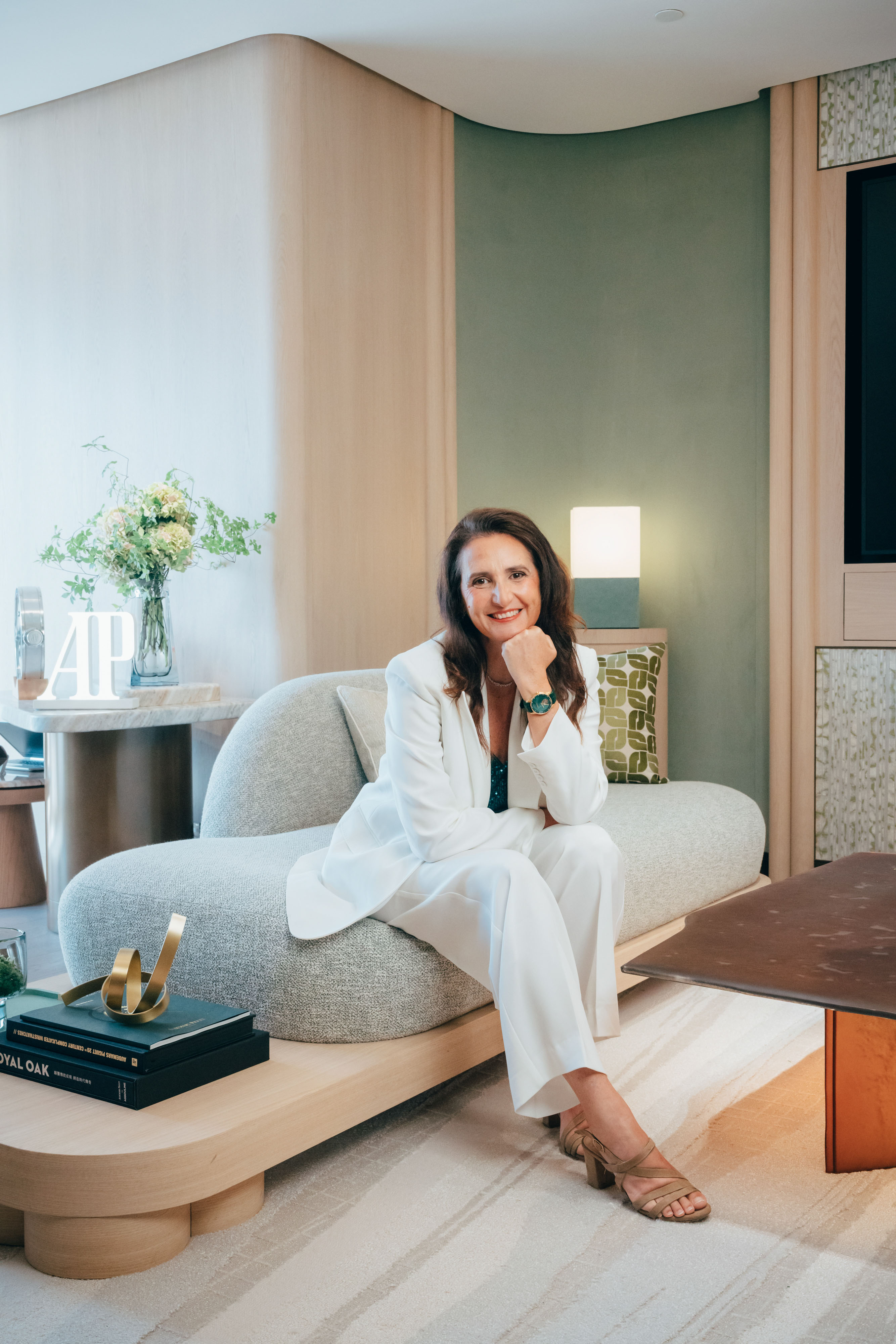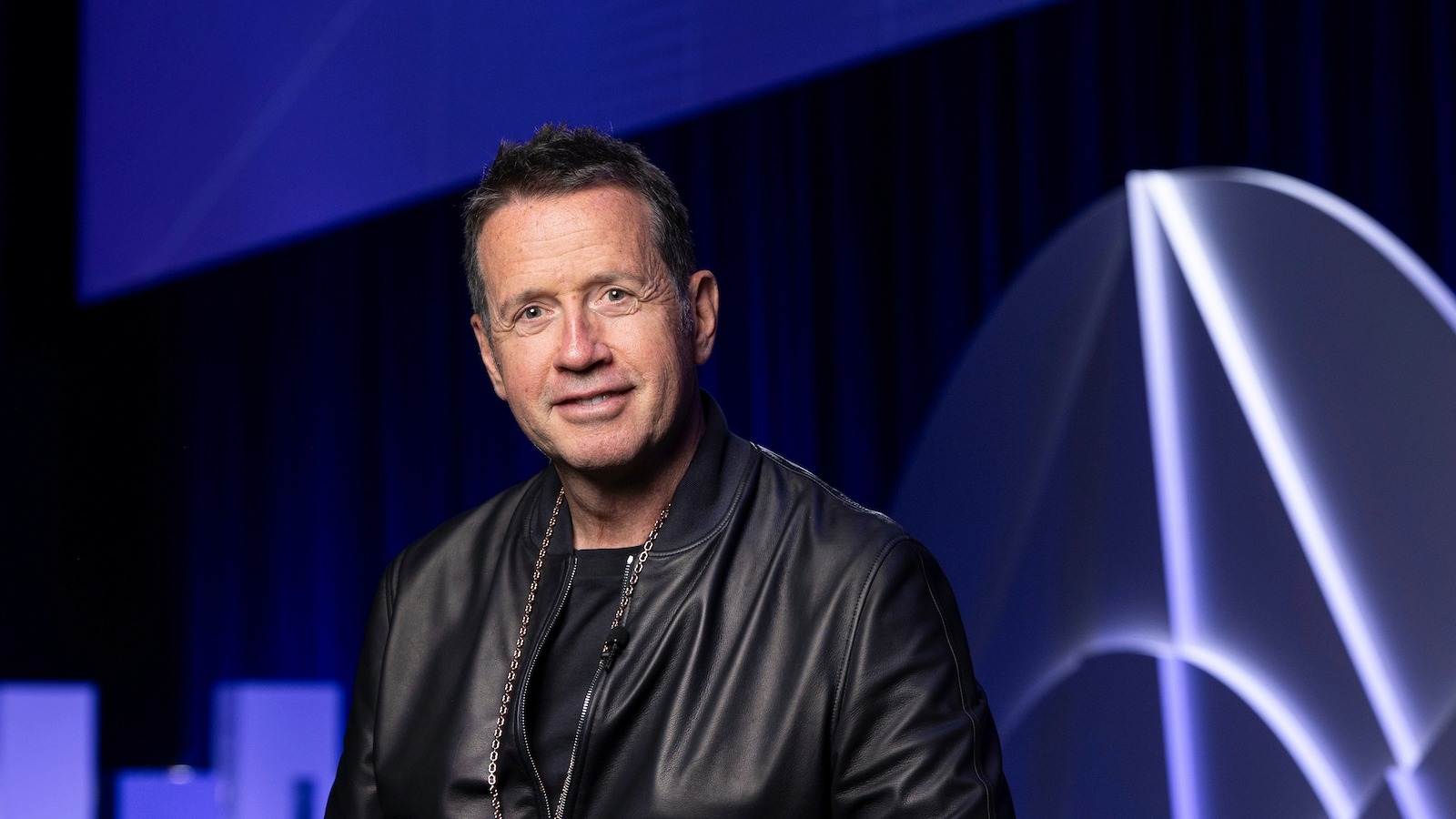We’re focused first on our guest and their reason for travel, reveals Duncan O’Rourke, chief operating officer of Kempinski Hotels
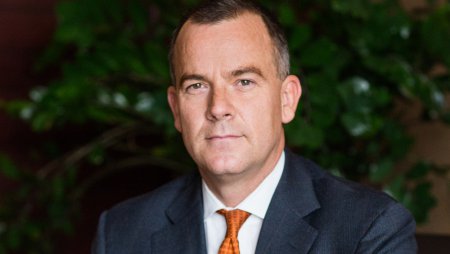
We’re focused first on our guest and their reason for travel, reveals Duncan O’Rourke, chief operating officer of Kempinski Hotels
Kempinski Hotels is Europe’s oldest luxury hotel group with a history spanning more than 110 years, with total of 75 five-star hotels in 30 countries.
Despite its rich heritage, the brand has most recently opened in Kigali (Rwanda), Myanmar and Riyadh, with openings slated for Kinshasa (Democratic Republic of Congo), Changsha (China), Accra (Ghana) and Cairo (Egypt) in the coming twelve months. Emerging destinations that may not necessarily be obvious choices for luxury hotels.
Chief operating office, Duncan O’Rourke, is nothing but enthusiastic. “Kempinski is proud of entering new markets which show promise on a global level. This was the case with China and Russia, where Kempinski was among the very first international luxury hotel groups to open hotels.”
For now the brand is focusing on expansion in Africa and Asia, and investing heavily in technology to ensure seamless guest experiences that reflect Kempinski’s brand of discreet and individual luxury.
We sat down with Duncan ahead of the 2014 INYTimes Luxury Hospitality Summit, where he will discuss the impact of techno- logy on the industry, to learn more about the opportunities and challenges ahead.
“ Kempinski is proud of entering new markets, which show promise on a global level. ”
What constitutes a luxury hotel in 2014?
I think we need to take a step back and think about how the profile of travellers has evolved. There’ve been a lot of changes to how people live and work: greater connectedness because of new technologies, increased pressure at work due to the economic environment.
And I think that’s resulted in changes to how people see travel and what they wish to experience when they travel. Regardless of whether people are travelling on leisure or business, they all seek meaningful experiences, to connect with others or the destination in some way.
At Kempinski, we’re focused first on our guest and their reason for travel, as this guides how we approach them. For example, someone going to a resort for a holiday might want to get a lot of recommendations for experiencing the destination itself, and know their physical environment has been designed around comfort.
And a business traveller might wish for everything to just work correctly so they can get business done fast, I mean things like getting connected to the internet in two clicks, or room service delivered fast, so they then have some time to relax.
To come back to your question then, luxury hotels in 2014 must, of course, have an incredibly high product quality and range of facilities, even a city hotel needs a mini spa, but it all comes back to the guest and their experience.
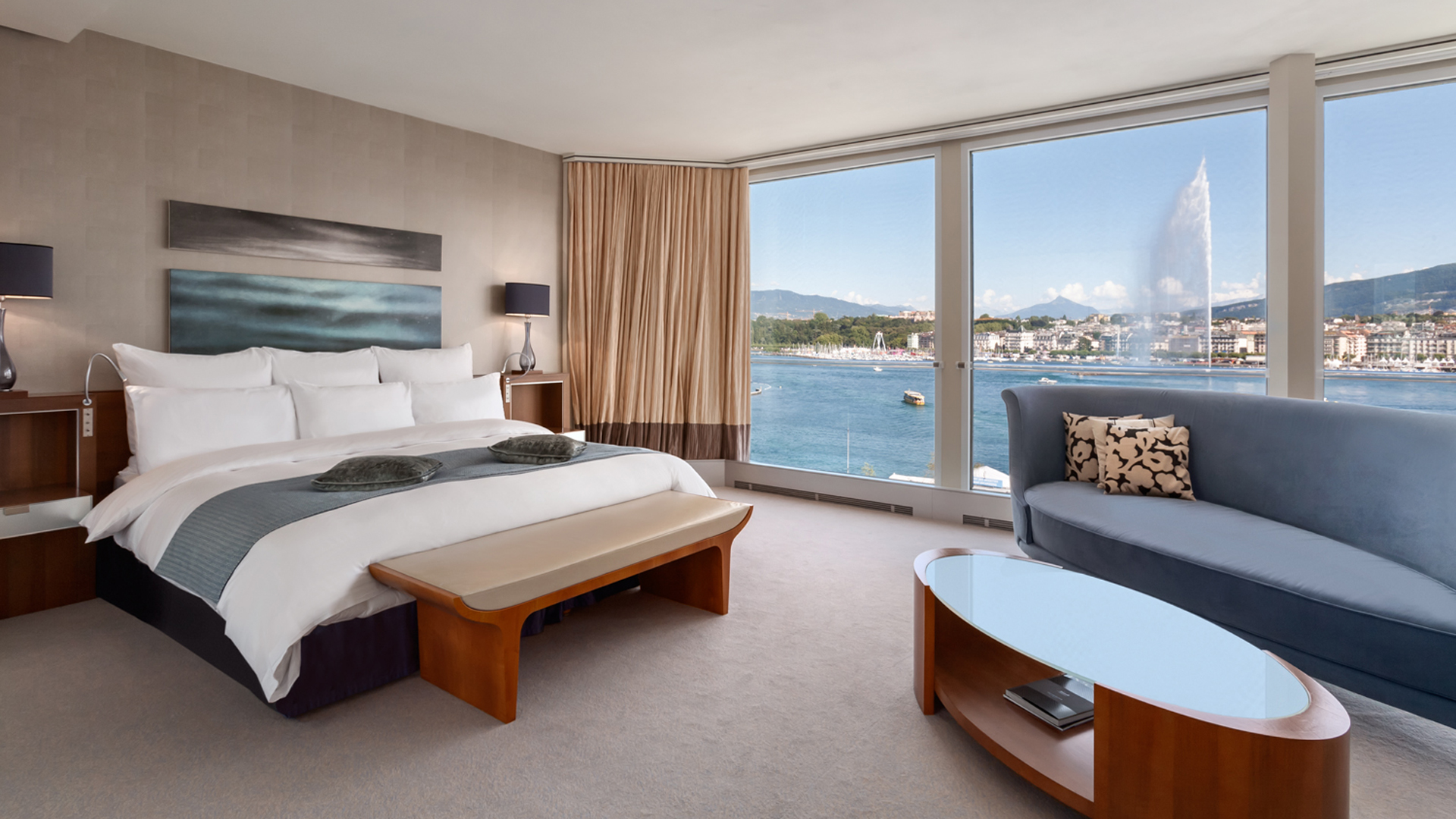
Presidential Suite, Grand Hotel Kempinski Geneva
And what specifically do you feel constitutes a Kempinski hotel?
Well, we design the rooms and indeed the bathrooms, where a guest will spend the majority of their waking time inside the hotel, around the guest. And our aim is for our guests to have the ultimate in discreet comfort.
I say discreet, because there’s so many things we design, which, if we get it right, the guest never even notices, things like hidden technology, the best beds or room service where you can order what you want to eat (even if it’s not on the menu). A lot of thought goes into this, but what’s important is the result, our guest should feel well taken care of.
And for me, it’s vital to have the right staff. We hire staff that share Kempinski’s DNA, because we think they’re going to be the right people to deliver what Kempinski’s known for: tailor-made service. Kempinski has a fine heritage as hoteliers, which we’ve gained over more than a century, and I think this heritage and our dedication to constantly strive to understand our guests, gives us a competitive edge.
“ There are so many things we design, which, if we get it right, the guest never even notices ”
Your current pipeline includes properties in the Democratic Republic of Congo (DRC), Equatorial Guinea, Beirut & Ghana. When do you know that an emerging destination is ready for a luxury hotel?
We always consider the product (the selected hotel) and the market (choosing the right market, under the right circumstances).From the product perspective, any property that Kempinski decides to manage must fulfil at least one of the following criteria.
The property needs to have the potential to become a market leader, be a landmark or absolutely unique in the destination, or both (as is the case with the Çirağan Palace Kempinski Istanbul, the Hotel Adlon Kempinski in Berlin and the Emirates Palace in Abu Dhabi).
On the other hand, the realities of each market are also taken into account. On one end of the spectrum, there are gateway destinations, or the iconic destinations where our guests simply expect us to be. On the other end of the spectrum are new, emerging destinations.
Kempinski is proud of entering new markets, which show promise on a global level, as was the case with China and Russia, where Kempinski was among the very first international luxury hotel groups to open hotels. Today, Kempinski is focussing its development efforts on Africa and South- east Asia.
We also have to be sure Kempinski is the right fit for the market, that we have the means to drive business to a new destination and to the property. We’ve been part of creating new markets, and have really reaped the rewards for early entry as a result.
“ We’ve already seen that people have changed how they travel with social media ”
What are the trends that will drive the most change in the luxury hotel market in the coming 5 years? How will Kempinski respond?
The experiential and meaningful connections are for me the trends that will drive change. We’ve already seen that people have changed how they travel with social media, which makes TripAdvisor or AirBnB so important, peer reviews are important. But I think this is going to continue to develop more, so people will choose to have an authentic experience of the destination.
At Kempinski we have not only the Concierge and Lady in Red available to offer their recommendations of what to do and see, but every member of staff has their own area of interest and expertise. We tap into that knowledge, so that a guest, who wants the best place for a photo of the city skyline at dawn, can actually find this out from our staff.
And we also want to create connections; we’re already creating our own from the hotel to the community with a focus on sourcing local products to serve, local artists whose work we display, so that guests have access to the best that the destination has to offer.
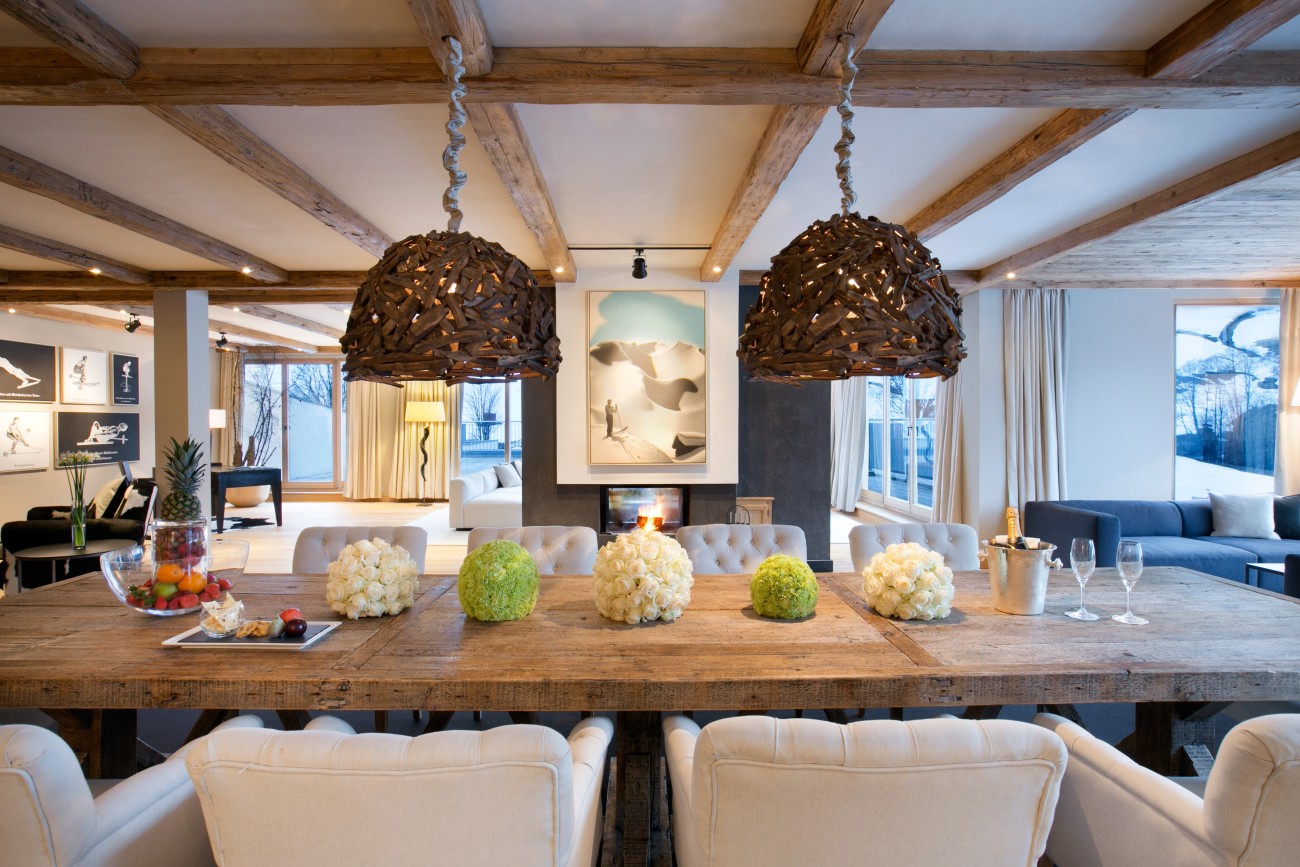
Kempinski Das Tirol Penthouse Suite
We have seen a lot of international brands developing in China, less so in India, South America and Russia. Why are these particularly challenging markets for luxury hoteliers?
I think you need to know your markets and capacity to enter those markets, and it’s vital to find the right partner and the right property to enter a new market, as Kempinski was able to do successfully in Russia, China and also India.
Kempinski is a company with a fairly decentralised structure, we rely on regional offices to support our properties under operation and ensure properties are performing to Kempinski’s high standards.
For it to make business sense for us to enter South America, for instance, which is a market where we are currently pursuing opportunities, we would aim to manage several properties to justify allocating resources to an additional regional office.
“ Our top source markets are Germany, US & UK, Russia and China ”
What about Africa? Are there other destinations you feel ready for capitalisation?
Africa is a region that is experiencing huge growth, and this provides opportunities not only from a leisure travel perspective, but especially from a business travel and MICE perspective.
This is why Kempinski has dedicated its development efforts to finding the right properties throughout the continent. The Djibouti Palace Kempinski, for example, is the only ‘business resort’ in East Africa. Its ballroom can seat 600 – making it ideal for meetings and conferences – and the property is doing extremely well.
In 2014 alone, we’ve opened the Kempinski Hotel Fleuve Congo in Kinshasa (DRC) and the Hotel des Mille Collines by Kempinski in Kigali (Rwanda), and there are other properties, in Ghana, Equatorial Guinea and Egypt, which will also open in the upcoming months.
“ We focus on technology as an innovator both off-property and on- property ”
Where are your biggest source markets (by nationality) – how is this changing?
Our top markets are Germany, US & UK, Russia and China. We see growth in the Russian and Chinese markets given our strong brand recognition in these markets as well as an increase in their outbound travel.
Which are your most popular destinations? And again, how is this changing?
Most destinations remain popular but we see shifts in the market mix –for example traditional city destinations are seeing strong growth in transient or leisure business as opposed to corporate contracted business, possibly due to the economic environment.
How do your guests book your hotels? How does this inform your marketing mix?
We see that traditional long-term contracted business is shifting to more dynamic, online booking. This explains the shift of segments, where we’ve seen growth in the transient share of our business, and where the search and selection of a hotel is influenced strongly by our online presence.
We were prepared for this having invested a lot of resources in our digital strategy in recent years, and Kempinski has a strong online presence as a result.
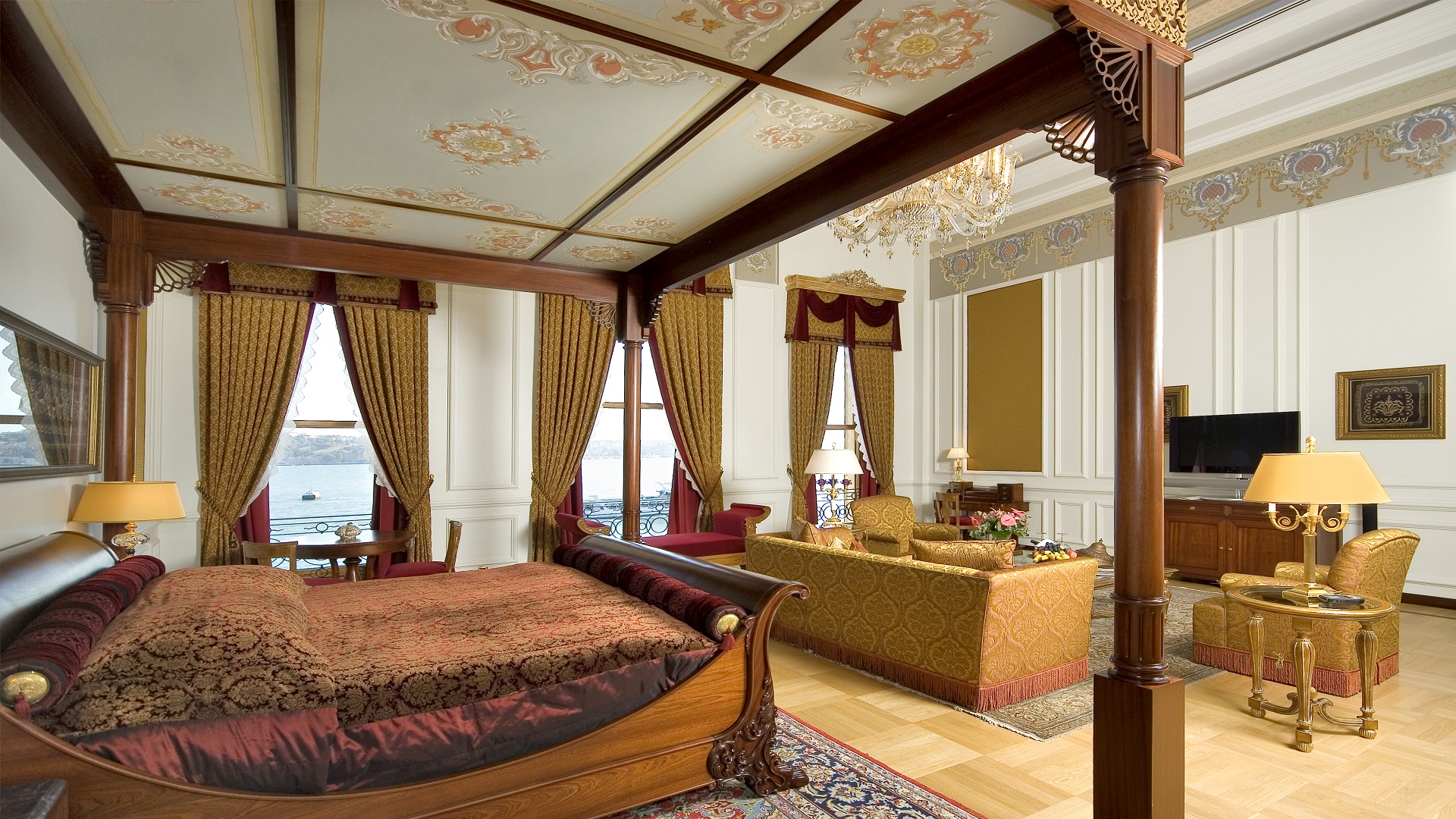
Sultan Suite, Çirağan Palace Kempinski Istanbul
What is your most successful marketing channel when it comes to new customer acquisition?
Online, without a doubt. We can really track how we’re attracting our guests, see where our brand is visible, and can measure search engine marketing and geolocation Customer Relationship Management (CRM).
This allows us firstly to see just how much revenue our digital strategy is producing, giving a clear return on investment, and more importantly, the intelligence we need to target new markets, specific countries or segments more successfully.
How are you using technology to improve customer experience?
I think technology is a real driver of innovation, we look at developments in technology and think, how can we use that to improve our guest experience, is it relevant, is it useful? We focus on techno- logy as an innovator both off-property and on-property.
Off-property we’ve invested in CRM and online reputation management to ensure we can better understand guest behaviour, booking patterns and identify opportunities for growth. At the property level, as I touched on earlier, we look at how technology can be used to enhance the guest experience best.
But also how to use the right platforms so we can make business processes faster or more integrated, and make our staff more connected and efficient.
“ I spend the majority of my time on talent management and succession planning ”
What is the next opportunity you would like your company to seize?
All hospitality companies are facing similar challenges at the moment, and one of them I’d like to highlight is the shortage of specialists. Kempinski is taking this opportunity to enhance our positioning as an employer of choice, in order to attract talented candidates across all industries to join the company and thus secure enough potential managers to take the Kempinski brand into the future.
I spend the majority of my time on talent management and succession planning, and believe we have a big responsibility to foster the next generation of talent. At Kempinski, with our heritage, we’re looking to offer sufficient opportunities for development, that our staff can hone their craft to become true hoteliers, regardless of their area of specialisation.
What is the biggest challenge the brand will face in the coming years?
Making sure the luxury hotel experience we offer at Kempinski matches our guests’ wishes, meeting needs they don’t even know they have, today as well as tomorrow – that’s the only way we can retain Kempinski’s position as a leading luxury hotel group.
For more in our series of conversations with Luxury Leaders, please see our most recent editions as follows:
– In Conversation With Elie Bernheim, CEO, Raymond Weil
– In Conversation With Thierry Andretta, CEO, Buccellati
– In Conversation With Thierry Stern, President, Patek Philippe








